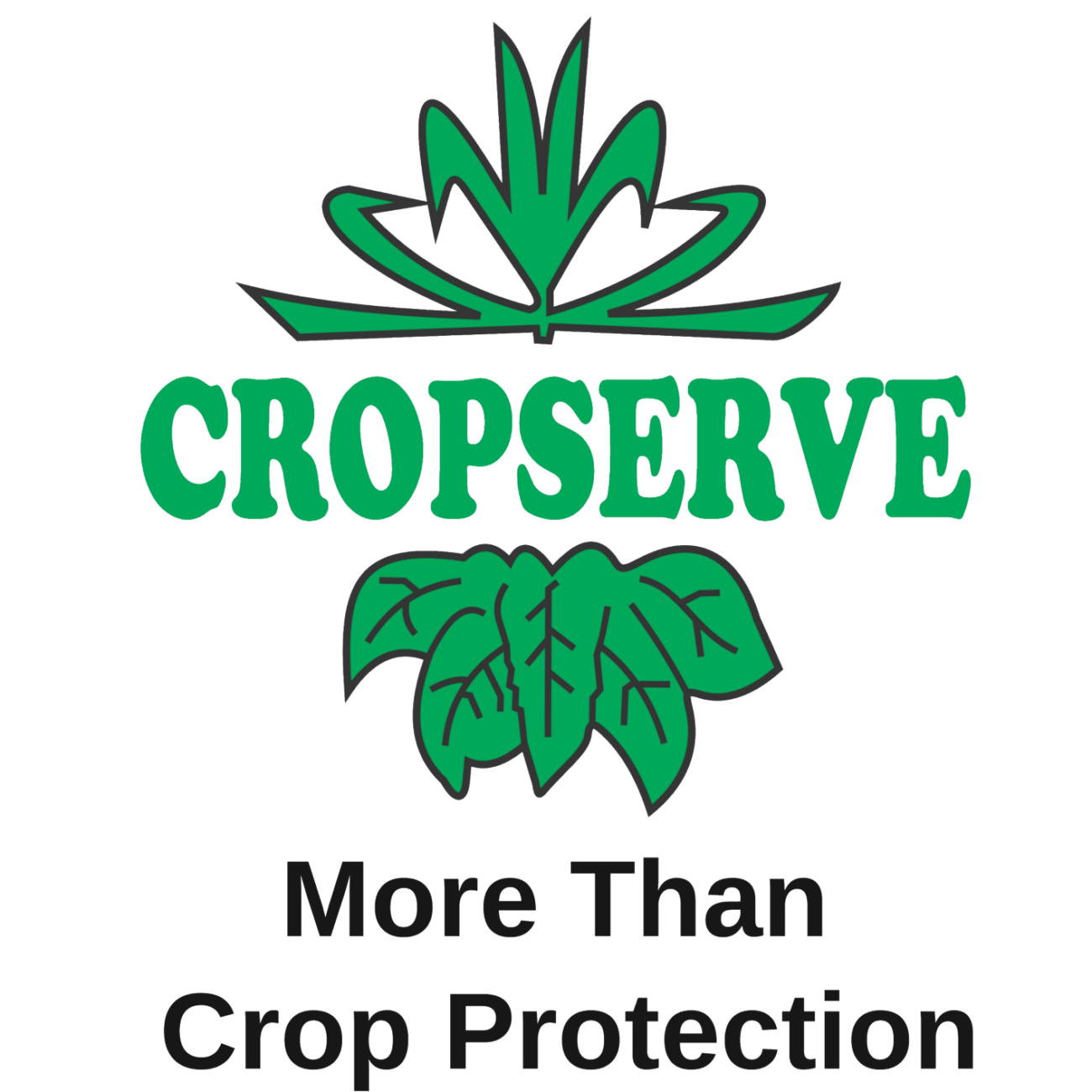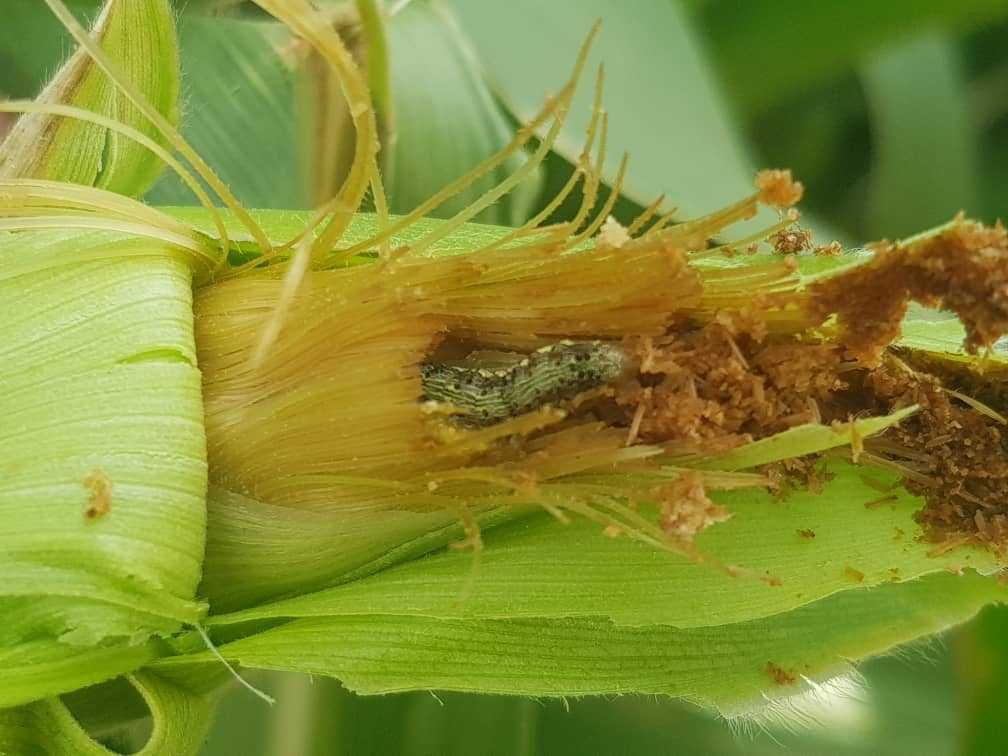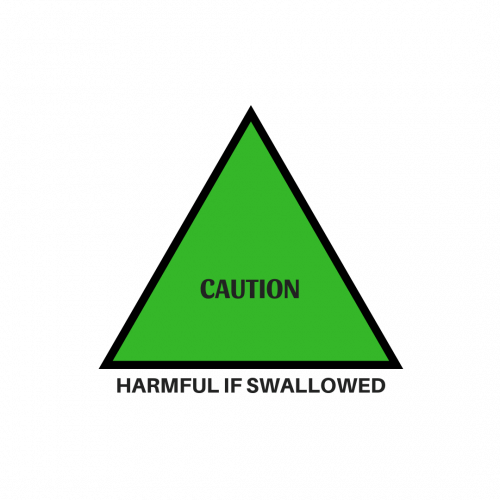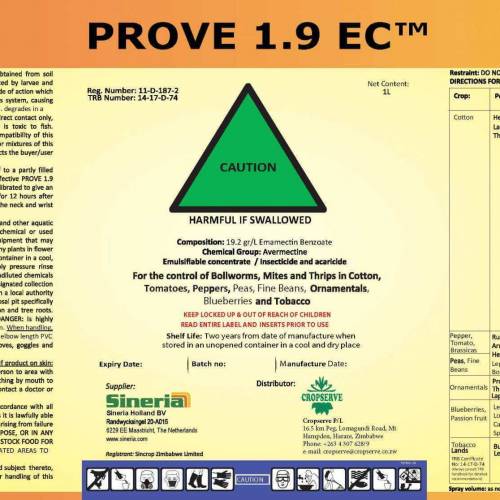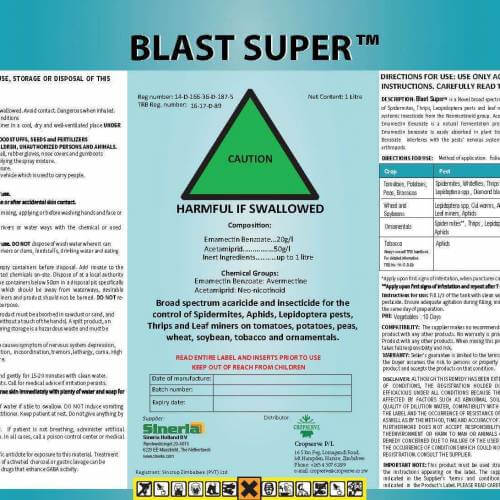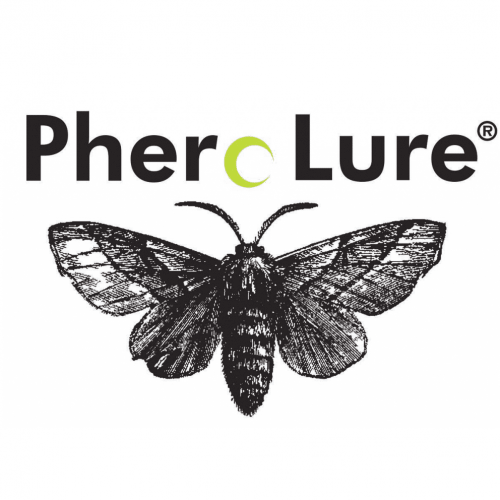TAXONOMY: Lepidoptera (Order) scientific name (spp) Spodoptera frugiperda.
DESCRIPTION: The term "armyworm" can refer to several species, often describing the large-scale invasive behaviour of the species during the larval (caterpillar) stage. It is regarded as a pest and can damage and destroy a wide variety of crops, which causes large economic damage. In Zimbabwe, this can be most problematic in maize and sorghum. Some infestations can take place in wheat and barley however often it is of little economic consequence. FAW images and in-depth description link.
PEST IDENTIFICATION (Adult): The adult moths are 32 - 40 mm wing tip to wing tip, with a brown or grey forewing, and a white hind wing. There are slight different physical distinguishing characteristics, with males having more patterns and a distinct white spot on each of their forewings.
PEST IDENTIFICATION (Larvae): The first larval instar is light coloured with a larger dark head. As they develop through instars, they become browner with white lengthwise lines. They also develop dark spots with spines. The larvae have a distinctive inverted Y suture on the forehead.
PEST IDENTIFICATION (Egg): The FAW`s egg is dome-shaped, and measures around 0.4 mm in diameter and 0.3 mm in height. Females prefer to lay eggs on the underside of leaves, but in high populations, they will lay them just about anywhere. In warm weather, the eggs will hatch into larvae within a few days.
DISTRIBUTION ON PLANT: In Zimbabwe FAW has been identified to be most detrimental in Maize. The larvae can be most damaging at 4th instar up until metamorphosis. Infestations can happen at any emerged growth stage of the crop. During vegetative growth stages, the caterpillar activity is typically found in the funnel of the crop and the eggs can be laid between the leaf sheaths. A late infestation during grain fill can take place where the caterpillar activity takes place on the exposed tip of the cob however this often only leads to insignificant yield losses.
LIFECYCLE: The larva goes through six different instars, each varying slightly in physical appearance and pattern. The larva process lasts from 14 - 30 days, again depending on temperatures. The mature caterpillar is about 34 mm in length (6th instar). This is the most destructive life stage as the larvae have biting mouthparts. The larva then pupates underground for 7 - 37 days in a cocoon they form of soil and silk. Duration and survival of the pupal stage depend on the temperature of the environment. Once emerged, the adults live for about 10 days, and sometimes up to 21 days, with the female laying most of her eggs early in life. Adults are nocturnal and fare best during warm and humid nights.
DETRIMENT TO CROPS: During the caterpillar growth stages it can cause severe damage to the crop.
MONITORING REMARKS: Scout frequently during vegetative growth stages of the crop. Use FAW pheromone products to monitor moth activity (Trap-All FAW).
ACTION THRESHOLD AND CONTROL REMARKS: Use Emmemectin benzoate or Indoxacarb based chemicals at early signs of pest activity (egg or larval activity).
Contact a Cropserve agronomist for further information.
